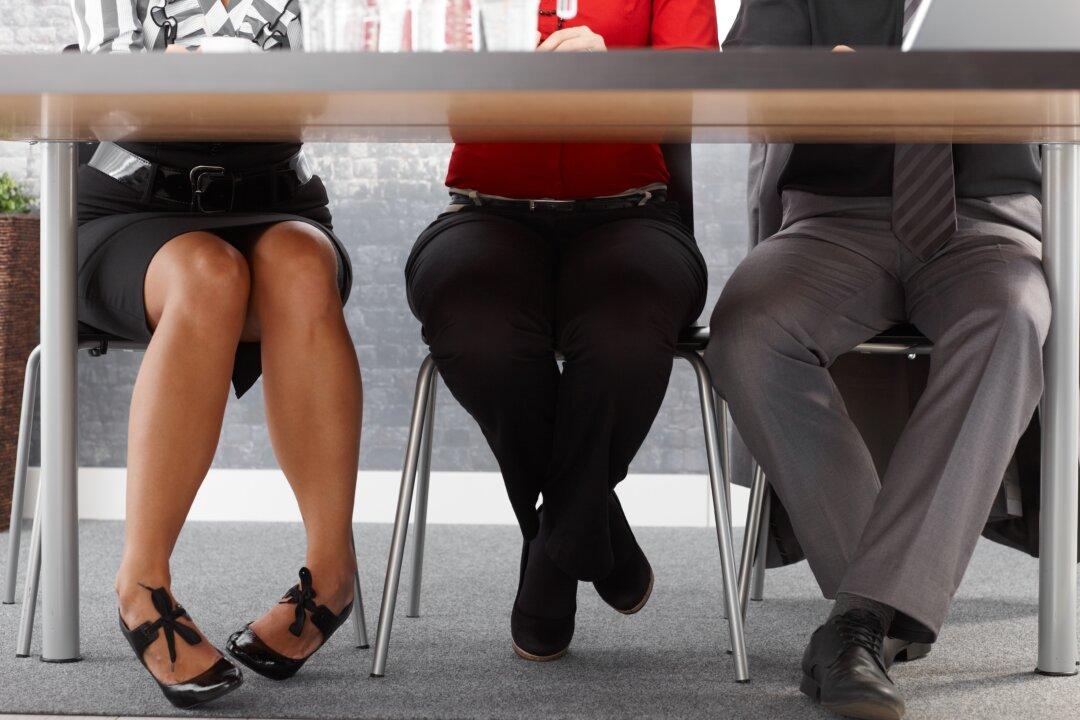Working with Esma Birisci, a doctoral candidate in the industrial and manufacturing systems engineering department, McGarvey analyzed the carbon emissions of three common food items, French fries, chicken sandwiches, and beef ravioli.
The environmental and monetary costs of throwing away beef ravioli were up to 39 times more than throwing away French fries.
“Farm equipment used to feed and maintain livestock and to plant and harvest crops uses a lot of diesel fuel and other utilities from fossil fuels,” McGarvey says. “When people waste food, these fuels, as well as fertilizers, also are wasted.”
Based on their estimates, the team developed a production planning formula taking into account the resources used to produce the food that is more accurate and provides a better picture of food waste.




